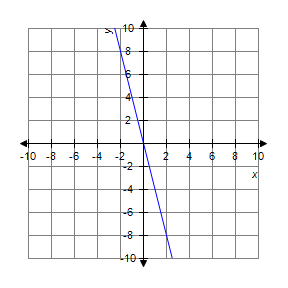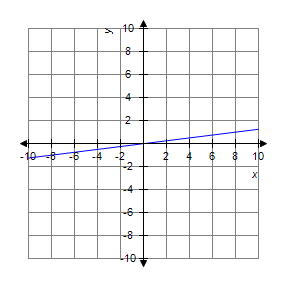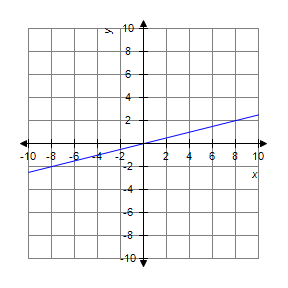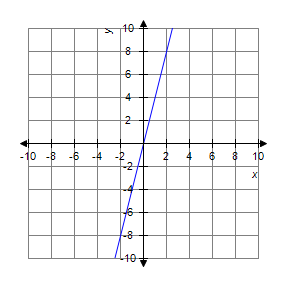Suppose that in the loan described, the borrower made a larger payment, as indicated. Calculate (a) the time needed to pay off the loan, (b) the total amount of the payments, and (c) the amount of interest saved, compared with the original loan and payments.$140,000; 8% compounded quarterly; 15 quarterly payments; with larger payment of $16,000.
A. (a) 10 quarters
(b) $155,463.69
(c) $7969.86
B. (a) 9 quarters
(b) $144,000
(c) $8034.86
C. (a) 9 quarters
(b) $147,493.83
(c) $7937.86
D. (a) 10 quarters
(b) $160,000
(c) $8092.86
Answer: A
You might also like to view...
Solve the problem.Find the image of the given figure under the two successive translations that take P to P' and then P' to P''.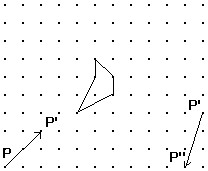
A. 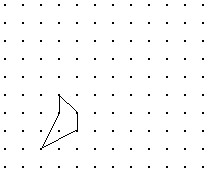
B. 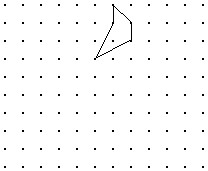
C. 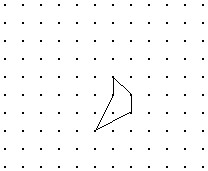
D. 
Solve the problem.A job pays a salary of 35,000 the first year. During the next 5 years, the salary increases by 5% each year. What is the salary for the 6th year? What is the total salary over the 6-year period? (Round to the nearest cent.)
A. $44,669.85; $193,397.09 B. $46,903.35; $284,970.30 C. $44,669.85; $238,066.95 D. $46,903.35; $193,417.09
The graph of a quadratic function is given. Choose the function's equation.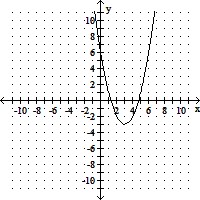
A. f(x) = (x - 3)2 + 3 B. f(x) = (x + 3)2 + 3 C. f(x) = (x + 3)2 - 3 D. f(x) = (x - 3)2 - 3
Find the inverse of this one-to-one function and graph it.
?

A. ?
B. ?
C. ?
D. ??
?
